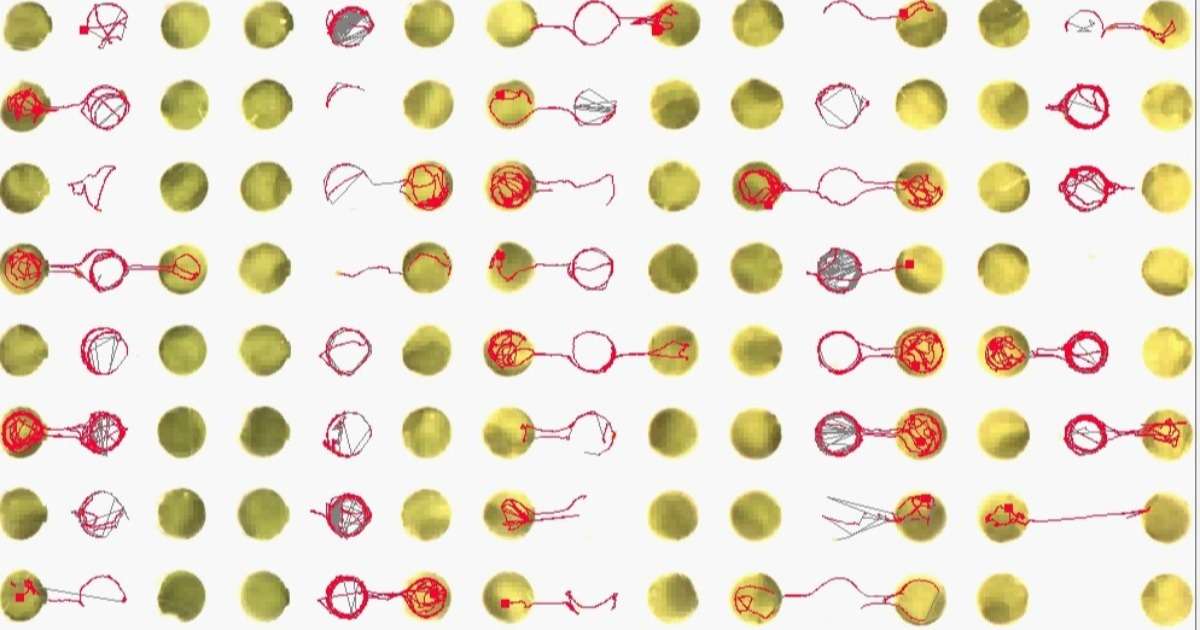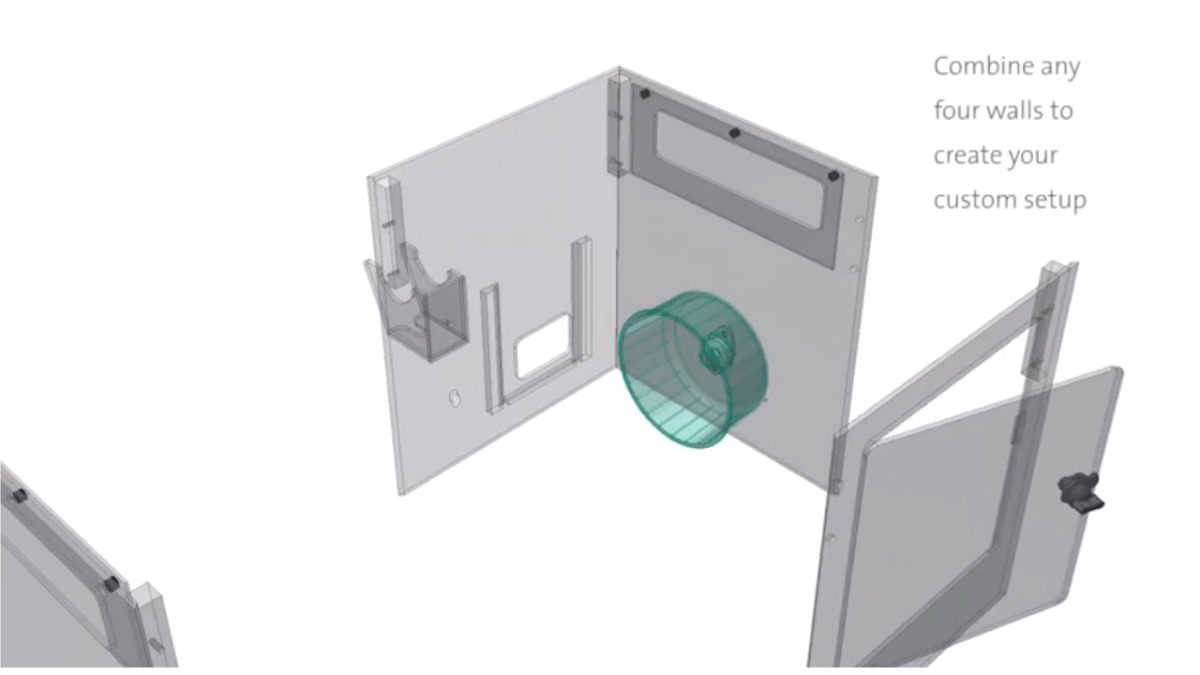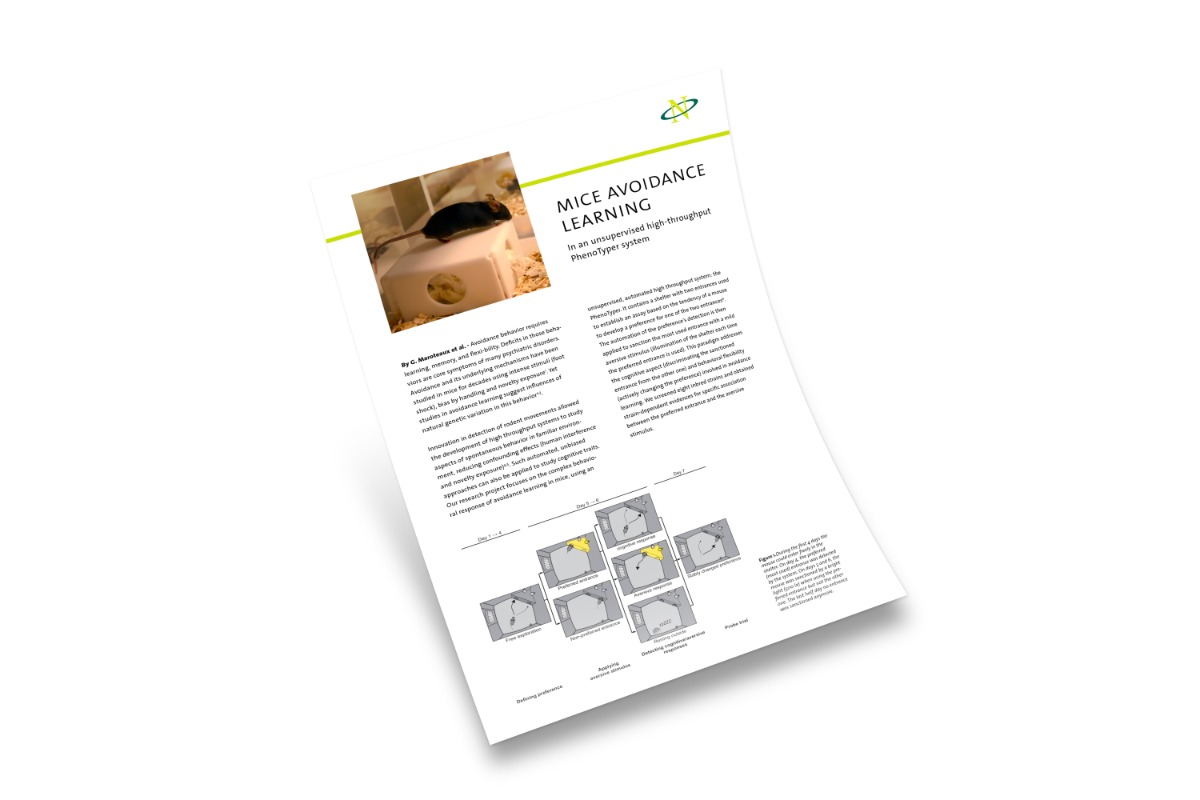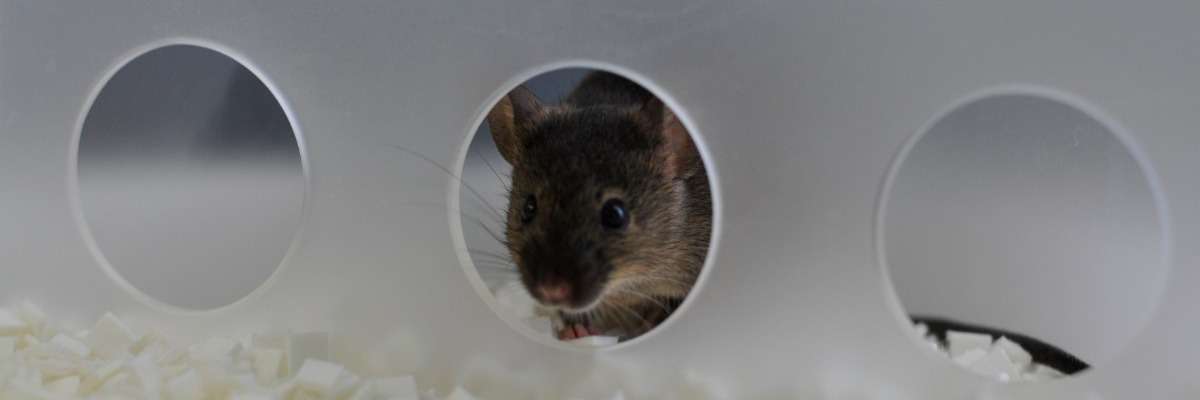
Discrimination learning without human intervention or food restriction
Learning paradigms have long been the hallmark in studies on neurological and psychiatric disorders, but they often present challenges and come with limitations. For example, many of these tasks require some combination of food restrictions, handling of the animals, and/or are quite labor-intensive. Sylics recently introduced a new paradigm, called CognitionWall, that you might have already seen on our website, and aims to get around some of these limitations.
Home cage protocols
So for those of you not familiar with CognitionWall yet, it’s an automated home cage testing protocol for discrimination learning and reversal learning. It is designed to work with PhenoTyper, EthoVision XT, and AHCODA.
The protocol Esther designed involves two days of discrimination learning, followed by two days of reversal learning. The elegance of this protocol lies within the lack of limitations: there is no human intervention, nor is there a need for pre-imposed food restriction.
Get rewarded
In addition, the CognitionWall itself is a very straight-forward tool: a wall placed in one corner of the home cage, in front of a pellet dispenser, with three holes in it. Mice stay in their home cage for the entire testing period, and simply learn to earn their food by accessing the correct hole in the wall; in this initial study, the mouse learned to go through the right-most hole.
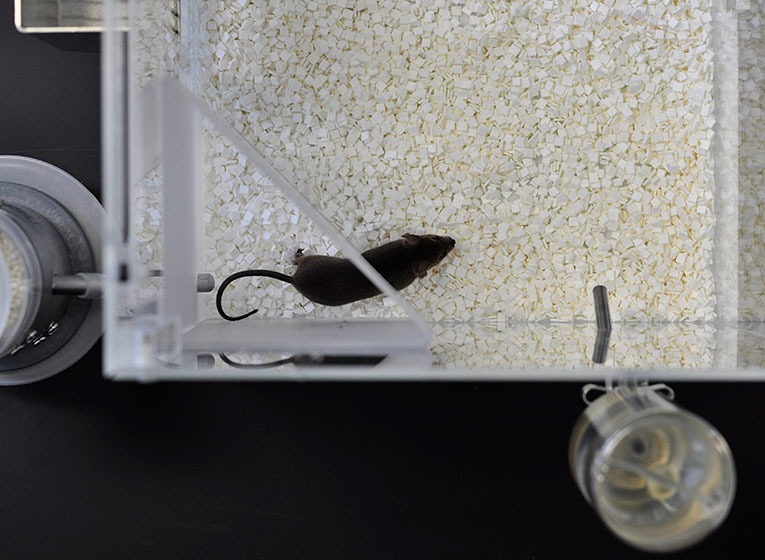
No intervention
The video camera in the top unit of the PhenoTyper is connected to EthoVision XT software, allowing for constant location-based monitoring of the animal. This way, the activity and whereabouts of the mouse is automatically measured, and when entering the correct wall, EthoVision XT sends out a signal to the pellet dispenser to deliver the automated food reward.
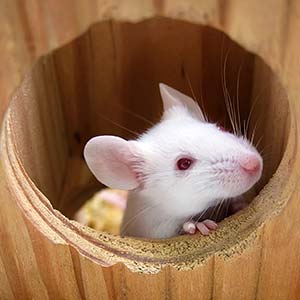
Getting it right
Over two days, discrimination learning is assessed by how often the animal “gets it right” and enters through the correct hole in the CognitionWall. Over the following two days, reversal learning is studied, simply by changing the “correct entry” to a different hole.
Validation
To validate this new method, Esther tested performance using a common mouse model for Alzheimer’s disease (APP/PS1) and brain lesions (orbitofrontal cortex manipulations) that are known to underlie flexible stimulus-reinforcement learning.
While the Alzheimer’s mice showed difficultly learning during the discrimination phase (compared to wild type mice), no such difference was found between the brain-lesioned mice and their sham-lesioned littermates. However, during the reversal phase, the brain-lesioned mice did show significantly more trouble learning the new correct entry.
Esther’s study shows that CognitionWall offers a sensitive and also very elegant and accessible new method to test discrimination learning in mice.
For more information on PhenoTyper, go to www.noldus.com/phenotyper. Did you know PhenoTyper is fully customizable to your study, simply by picking four different walls to create the cage you need? Watch the video below for some examples!
Get the latest blog posts delivered to your inbox - every 15th of the month
more
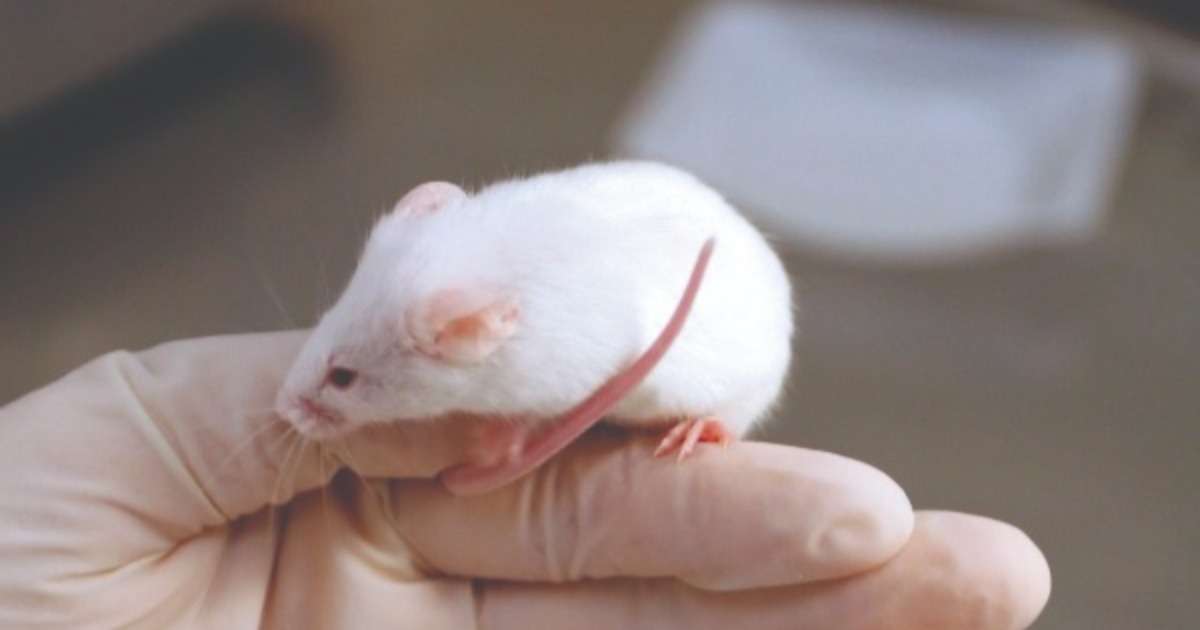
Furthering behavioral studies for understanding microbiota-brain insights
How and to what extend do microbes in the gut affect the brain and behavior? Discover how they do this kind of research at UCLA.
Father’s genes affect their offspring’s future success
The early life environment of male bank voles can influence their offspring significantly. Both social stress and nutrient supply have an effect on the chances of survival for two generations.